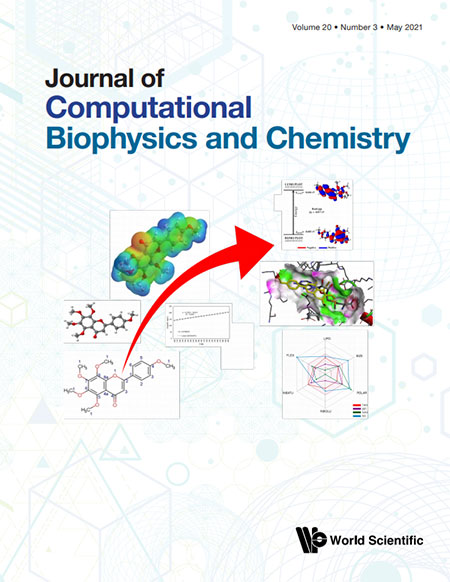Synthesis, Spectroscopic Characterization (FT-IR, NMR, UV), NPA, NBO, NLO, Thermochemical Analysis and Molecular Docking Studies of 2-((4-hydroxyphenyl)(piperidin-1-yl)methyl)phenol
Abstract
In this study, a new alkylaminophenol compound was synthesized and characterized by spectroscopic techniques (FT-IR, NMR, UV). The optimized molecular geometry and the vibrational wavenumbers were calculated using density functional theory (DFT) B3LYP/WB97XD and HF methods with 6-311++ G(dd, pp) basis set. Thus, theoretical data were compared within themselves before comparing with experimental data. The detailed interpretation of the vibrational spectra has been carried out by VEDA program. 1H-NMR and 1313C-NMR chemical shifts of the compound were calculated using GIAO/IEFPCM method in CDCl3. Using time-dependent (TD-DFT) approach electronic properties such as HOMO and LUMO energies, the electronic spectrum of the title compound has been studied and reported. Stability of the molecule arising from hyper conjugative interactions, charge delocalization has been analyzed using natural bond orbital (NBO) analysis. Linear polarizability, anisotropic linear polarizability and hyperpolarizability values of the title compound were found to be higher than the values of the pNA compound that are used as a standard substance in the NLO analysis. Molecular electrostatic potential (MEP), the thermodynamic properties (heat capacity, entropy and enthalpy) were calculated. Also, to investigate the biological properties of the title compound, molecular docking was done with DNA(PDB ID: 414D). It has been observed that the effective interaction is hydrogen bonds.



